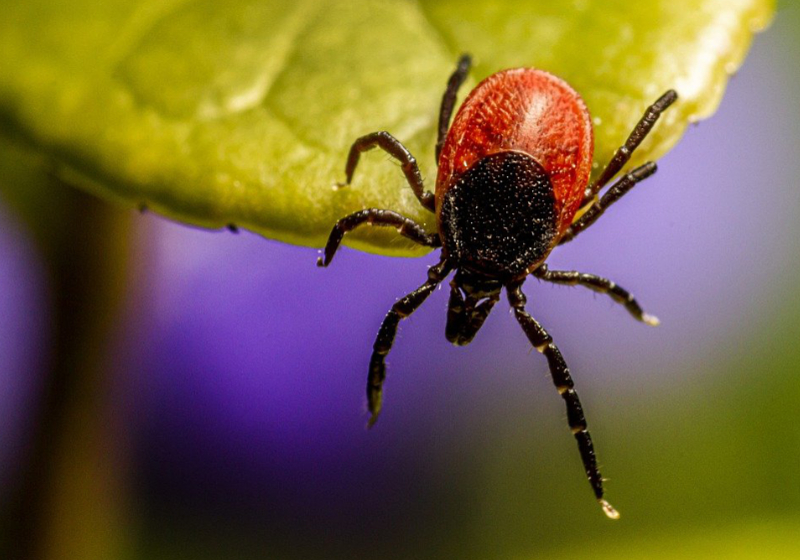
Photo: Jesse Bridgewater/Pixabay
Family Features - A firepit can serve as a warm and inviting backyard retreat, perfect for roasting marshmallows for s'mores or stargazing while wrapped in cozy blankets. Before you can share time around the firepit with loved ones, however, consider these tips to elevate your outdoor space.
Choosing the Right Design
When it comes to building a DIY firepit, the design you choose can significantly impact the aesthetics and functionality. From classic stone pits to modern metal designs, the options are nearly endless. Think about the size and shape as well. Circular designs are traditional and encourage conversation while square or rectangular pits offer a more contemporary look.
Gathering Materials and Tools
Essential materials include bricks, stones or metal parts for the structure, as well as gravel or sand for the base. Fireproof materials are a must to ensure safety and longevity. You'll also need tools such as a shovel for digging the base, a level to ensure even construction and adhesive or mortar for binding materials together. Depending on your design, you may require a metal fire ring, grill grate or mesh cover.
Keeping Safety in Mind
Safety should be your top priority when building and using a backyard firepit. Always place your firepit at least 10 feet away from any structures, trees or flammable materials.
Make sure the area is clear of dry leaves and other debris that could catch fire. Consider installing a spark screen to prevent embers from escaping and always keep a bucket of water or fire extinguisher nearby.
Enhancing Ambiance with Seating and Lighting
Creating a cozy atmosphere around your firepit involves more than just the fire itself. Comfortable seating is essential for making your outdoor space inviting.

Whether discussing the latest political news or planning a wedding, a backyard firepit is a great place to entertain family and friends.
Photo: Pexels/Kindel Media
Choose weather-resistant chairs, benches or DIY log stools arranged in a circle to foster conversation. Ambient lighting from string lights, lanterns or solar-powered path lights can elevate the mood and extend the usability of your firepit into the evening. Consider adding citronella candles or torches to keep insects at bay while enhancing the ambiance. Visit eLivingtoday.com to find more ideas to make your home even cozier.








 He added that, "While many people deactivate their older model smoke alarms or remove the batteries while cooking, the 10-year model is not a cooking nuisance and has a 15-minute silencer button.
Zaleski said in a release that required model is "very affordable with the current retail price being about $15 and as low as $10 if you buy them in bulk."
A quick on search on Amazon today shows 10-year, tamper-proof models retailing as low as $13 each. Order a six-pack, and the price drops to $8.33 each.
Passed in 2017,
He added that, "While many people deactivate their older model smoke alarms or remove the batteries while cooking, the 10-year model is not a cooking nuisance and has a 15-minute silencer button.
Zaleski said in a release that required model is "very affordable with the current retail price being about $15 and as low as $10 if you buy them in bulk."
A quick on search on Amazon today shows 10-year, tamper-proof models retailing as low as $13 each. Order a six-pack, and the price drops to $8.33 each.
Passed in 2017, 



